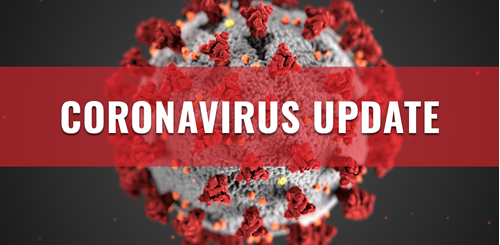The White House has unveiled a national preparedness plan, which provides a roadmap to fight COVID-19 and return to a new normal. But execution of the plan requires congressional support and funding.

A new federal COVID-19 preparedness plan outlines how the country can fight COVID-19 in the future without fears of lockdowns, shutdowns, and remote schooling. It focuses on four strategies:
- Protect against and treat COVID-19
- Prepare for new variants
- Prevent economic and educational shutdowns
- Lead efforts to vaccinate the world
The 96-page report, released in the wake of new Centers for Disease Control and Prevention guidance on when to wear face masks in public indoor settings, aims to build on the progress the country has made in the past 13 months, including vaccines, tests, and treatments.
One new goal is to establish “one-stop test to treat” locations this month where Americans can get a free test and free treatment pills. These locations will be set up in March at pharmacy-based clinics, community health centers, long-term care facilities, and the U.S. Department of Veterans Affairs facilities.
As part of the plan, the emergency Department of Health & Human Services’ (HHS) Coordination and Response Element (H-Core) will become permanent. The logistics and operational hub has overseen the delivery of more than 690 million dosses of vaccines and four million treatments to families across the country, HHS Secretary Xavier Becerra said during a press briefing on Wednesday to announce the plan. In addition, H-CORE has distributed more than 270 million free N95 masks to local pharmacies and community health centers and helped get free COVID tests to 70 million households.
Biden’s plan also aims to address the long-term impacts of COVID, including Long COVID and mental health.
The plan will require support and funding from Congress but didn’t list a specific figure. During the press briefing, Jeff Zients, White House coronavirus response coordinator, said the administration will request funding for immediate needs, such as more medical supplies, including vaccines, treatments, and boosters; sustaining the testing capacity in the country; investing in research and development of next-generation vaccines, including pan-coronavirus vaccines; and accelerating vaccine uptake globally. In addition, funds will be needed to execute on longer-term priorities. Zients said the administration will work with lawmakers to finalize a figure.
But the requests may get pushback from Republican lawmakers. More than 30 Republican senators wrote a letter to Biden, asking how the $6 trillion already approved to combat the pandemic has been allocated before they consider additional requests.
“While we have supported historic, bipartisan measures in the United States Senate to provide unprecedented investments in vaccines, therapeutics, and testing, it is not yet clear why additional funding is needed,” they wrote.
